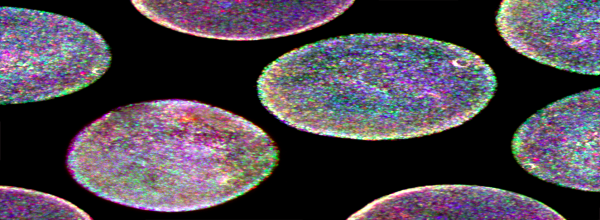Like all technical fields, molecular biology contains a very robust “theoretical” realm and an equally robust “practical” realm. Unfortunately, these two existences don’t seem to overlap as often as we’d like. Consider, for example, a simple Western blot. While an antibody interacting with its target on a membrane seems pretty straightforward, there are numerous other variables to consider – appropriate blocking buffers, background binding, cell type, protein expression…the list goes on.
In a similar manner, stripping blots and re-probing them is a phenomenal theoretical step, but its use needs to be tempered by proper controls, expectations, and an understanding of its capabilities.
The What and Why of Stripping Blots
Stripping a Western blot, in its most simple form, refers to the removal of antibodies from a membrane to apply a new set of antibodies to the same membrane. This is often done to probe for a second target protein that is close to the first in molecular weight or to detect the presence of a loading control. There are also practical reasons for stripping blots as well. For example, you can minimize the use of precious protein samples and save money on supplies such as gels, membranes, and buffers.
There’s a ‘But’ Coming, Isn’t There?
So why doesn’t everyone strip and re-probe every blot?
First, it is difficult to strip blots of antibodies and have no impact on the proteins immobilized on the membrane. Regardless of the specific chemistry involved, stripping disrupts inter- and intra-protein forces. These forces have an equal impact on the antibodies and the immobilized proteins.
Second, even a minimal loss renders quantitative conclusions difficult. For example, say you run a blot for protein X and it provides a signal of “10” on your blot. Then you strip, re-probe, and run a second blot for protein Y, which produces a signal of “8” on your blot. You might conclude that there is less Y present in these cells than X, based on these results. However, an alternative explanation is that some of Y was lost during stripping.
Third, stripping blots has a tendency to increase the background of the blot. This makes target bands more difficult to detect.
Don’t Lose Hope
So what are some good alternatives?
If you need to visualize a loading control and it migrates sufficiently far away from the target protein, just cut the membrane! This lets you blot the different pieces individually, and then visualize them together.
Alternatively, if the proteins migrate the same in the gel, use primary antibodies raised in different animals. Then use alternatively conjugated detection antibodies (say, two different fluorescent conjugates) to detect two different proteins. If you’re lucky enough to have some separation between your targets, add the two primary antibodies serially, followed by the secondary antibody.
Or, in the worst case, just run a second gel and blot it in parallel with your first, keeping in mind that this will work only qualitatively.
Just remember, as you’re moving forward with these types of protocols, don’t get so focused in on a single molecular event – in this case, the removal of your antibody from your target protein. The stripping process impacts the blot as a whole, and accounting for these potential changes during your design steps can prevent the need to run follow up experiments after the fact.







